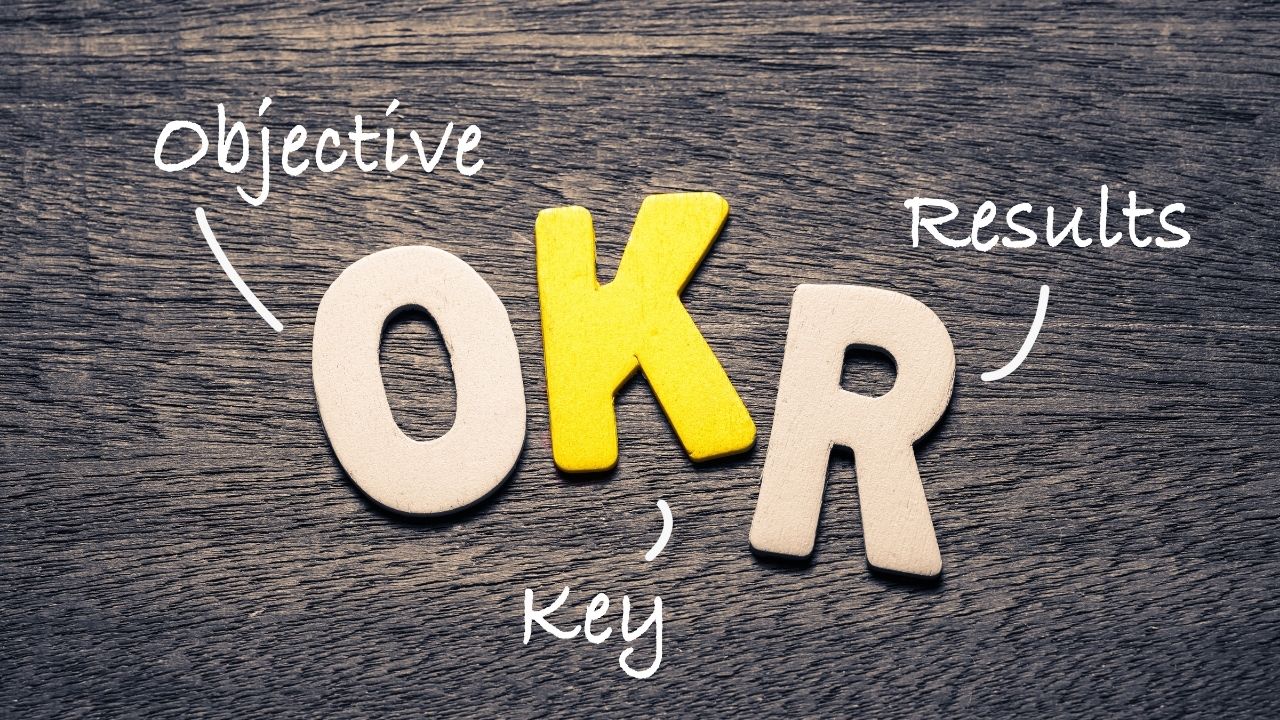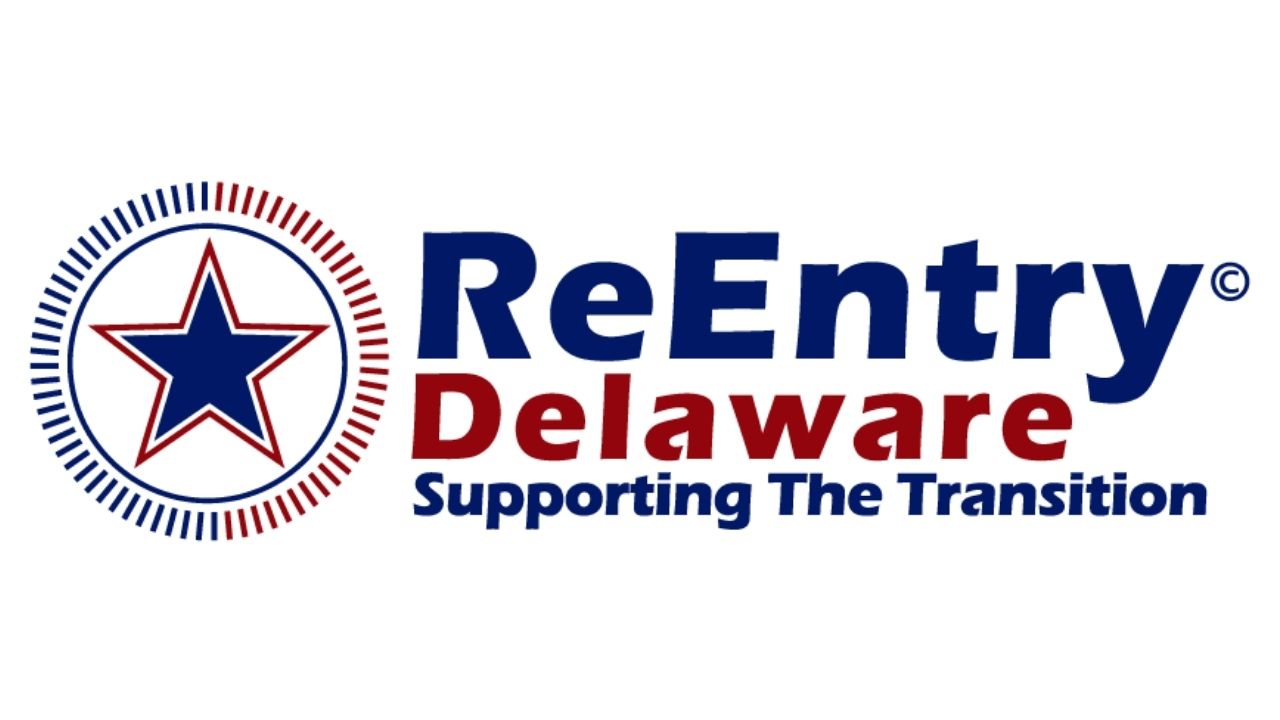OKR is short for Objectives and Key Results. It is a goal-setting tool used by teams or individuals to measure performances in the organization. These goals are set to encourage engagement and performances and can be quantitatively measured with the Key Results.
The OKRs can be set at multi-levels and be personal. The objective is action-oriented and inspirational. Here’s how you can get started with HR OKRs in your organization with some effective HR OKR examples.
HR Role in OKRs
Before starting with the OKRs, you should understand the role of HR in the OKRs. The OKRs are the roots of Human Resources. The HR department works interestingly with the help of OKRs. Through annual performance reviews, skills development, recognition, coaching, and peer development, the HR OKRs are successfully enabled.
Effective OKRs for the HR in your department can help the organization in employee engagement, alignment with the set targets, and high performance.
HR Dashboards Contribution
The HR dashboards need to contribute the following for OKRs
Setting Goals
The goals need to be set and updated from time to time in the organization. The main focus is to set collaborative goals and encourage linear and horizontal alignment with the set goals. The OKR dashboard should also effectively track the goals, ensuring full visibility in the organization.
This goal setting can be done among managers and associates and should be frequently updated. Through OKR dashboards, you can track the revision of these and any change in the company’s objectives regarding the same. The managers and employees should thoroughly discuss the priority goals and a thorough assessment of results.
Example:
Objective: Employee Engagement
KR1: Monthly meetings on how to motivate staff
KR2: Conduct a survey among employees for suggestions for any changes
KR3: Interview the managers on how to deal with the challenges
KR evaluation should be conducted quarterly to see if the objectives are met.
Career Development
Career development is not often prioritized in the organization. The OKRs set in the organization for the career development of employees can be done by HR. The managers and employees can discuss the plans to leverage their strengths and target employees’ benefits.
Example:
KR1: Employee benefit programs
KR2: Target based promotions
KR3: Offer training and courses to employees
After the achievement of the targets, the KRs can be measured with the set targets.
Performance Evaluations and Reviews
There can be set parameters for performance evaluation. You can keep the employees motivated in the organization only through performance reviews. HR can measure the performances with the set objectives. The feedback from the managers regarding the employee performances can be on an annual or semi-annual basis.
Example:
KR1: Annual and semi-annual reports for performance reviews
KR2: Track and measure goal execution
Talent Acquisition
Talent acquisition is a crucial role of HR. Any new talent in the company should contribute to the company to the maximum of his capacity. Any wrong hiring may adversely affect the working of the company at any level. At this level, the composition of the employees also matters. The hiring process should comply with the set KRs.
KR1: Increase the percentage of active positions in the company’s job portal
KR2: Achieve a 4:1 ratio between interviewed and hired candidates.
KR3: Increase job offer acceptance rate
KR4: Increase referral fees for employee referral programs
Company’s Goals Aligned with Employee Goals
The managers and employees should collaboratively work towards jointly established goals in the organization. There should be set milestones on a weekly basis for the department. The managers and employees should achieve those with joint efforts.
Example:
KR1: Weekly target reports
KR2: Obstacles and challenges faced
Feedback
Feedback is an essential part of ensuring a proper workflow channel within the organization. It can only be achieved if there’s two-way feedback among the managers and the employees. A lack of communication or voice of employees may not turn out good for the organization. The channel should be flowy both ways. For this, the organization should conduct monthly and quarterly meetings to remove any feedback barriers.
Example:
KR1: Monthly meetings among managers and employees to discuss the working barriers
KR2: Suggestion by the employees to improve working conditions
KR3: Praising and recognition through feedbacks and suggestions
KR4: Increase the percentage by 20% of employees who agree they work in a healthy work environment
HR Department Efficiency
HR department efficiency is also an essential part that plays a more significant role in the company’s OKRs. OKRs can be set for the HR department to overcome any barriers. You have to work smartly and efficiently and sometimes think out of the box for the desired potential outcome.
Example:
KR1: Decreasing the time that goes into managing leaves
KR2: Evaluating Employee performances with set parameters
HR is a significant part of the organization. You can learn from the HR OKR examples for the growth of the organization.




